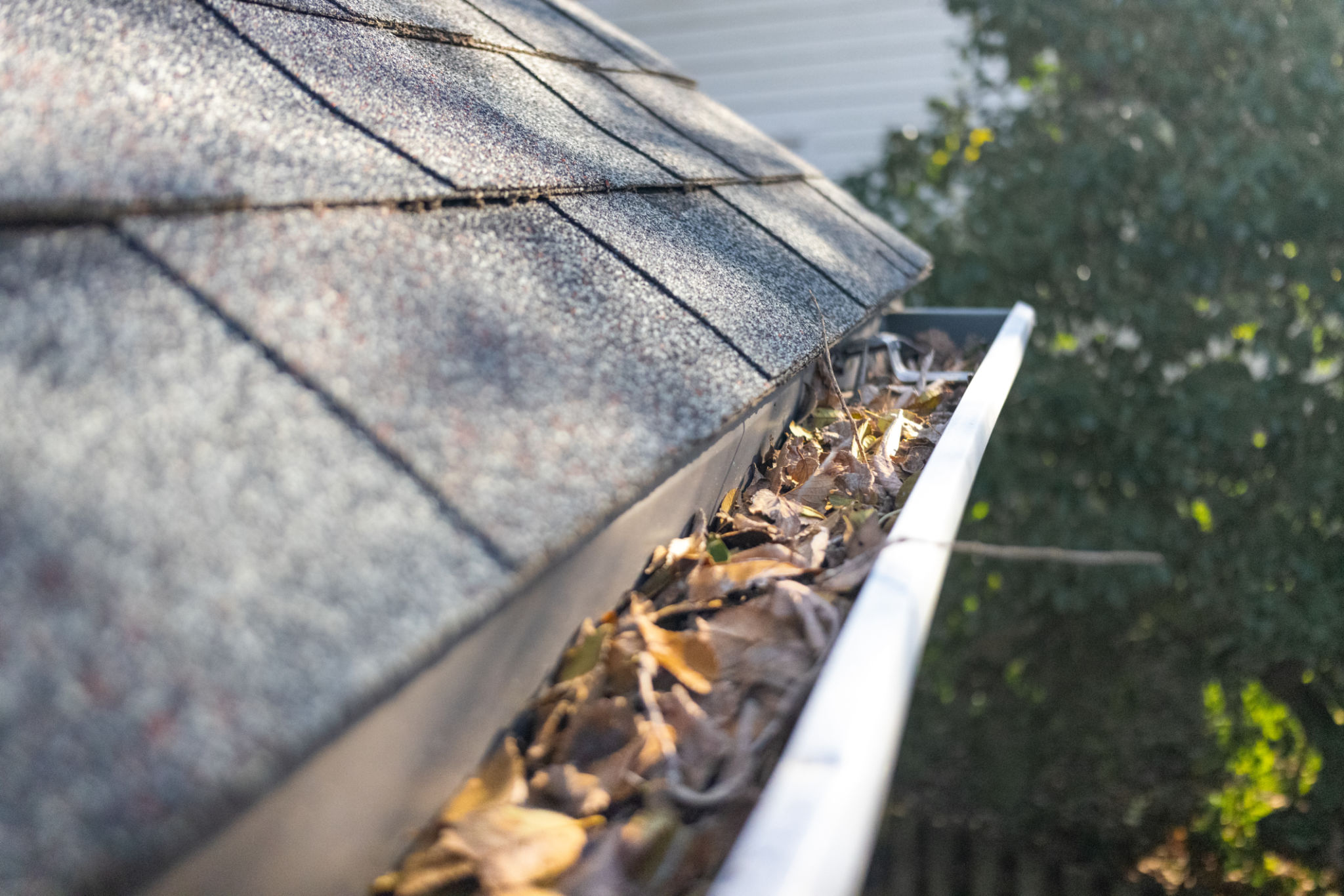DIY Roof Inspection: Identifying Common Problems Before They Escalate
The Importance of Regular Roof Inspections
Regular roof inspections are crucial for maintaining the integrity of your home. By identifying potential issues early, you can prevent costly repairs and extend the lifespan of your roof. A simple DIY roof inspection can help you spot problems before they escalate, ensuring your home remains safe and secure.

Tools You'll Need
Before you begin your inspection, gather the necessary tools. A sturdy ladder is essential for reaching your roof safely. Additionally, a pair of binoculars can help you examine areas that are difficult to access. Don’t forget a flashlight to inspect dark areas, and a notebook or smartphone to document any issues you find.
It's also wise to have protective gloves and shoes with good grip to avoid slipping. By having these tools ready, you'll be well-prepared to conduct a thorough inspection.
Checking for Shingle Damage
Shingles are the first line of defense against the elements, so it's important to check them regularly. Look for missing, cracked, or curling shingles, as these can indicate damage from weather conditions or aging. Pay special attention to areas around chimneys and vents where damage is more likely to occur.

If you notice granules collecting in your gutters, this could be a sign of shingle deterioration. Granules help protect shingles from UV rays, and their absence can lead to further damage.
Inspecting Flashing
Flashing is used to seal roof joints and prevent water from seeping into your home. Inspect the flashing around chimneys, skylights, and other protrusions for signs of rust or looseness. Damaged flashing can lead to leaks and water damage if not addressed promptly.
Ensure that all flashing is securely fastened and free from cracks or holes. If you find any issues, consider consulting a professional for repairs.
Gutter and Downspout Maintenance
Gutters and downspouts play a vital role in directing water away from your roof and foundation. During your inspection, check for clogs caused by leaves, twigs, or other debris. Clogged gutters can cause water to overflow and damage your roof's edge.

Make sure that downspouts are securely attached and directing water away from your home's foundation. Regular cleaning and maintenance of gutters will help prevent water-related issues.
Examining the Attic
Your attic can provide clues about potential roof problems. Look for signs of water damage, such as stains or mold on attic walls or ceilings. Moisture in the attic can indicate roof leaks or inadequate ventilation.
Proper attic ventilation is crucial for preventing moisture buildup and extending the life of your roof. Ensure that vents are unblocked and functioning correctly.
When to Call a Professional
While DIY inspections are valuable, some issues may require professional intervention. If you encounter extensive damage, leaks, or structural concerns, it’s best to consult a roofing expert. They can provide a comprehensive assessment and recommend appropriate repairs.
By conducting regular DIY roof inspections and addressing issues promptly, you can maintain the health of your roof and avoid costly repairs. Keep your home safe and secure by staying proactive with roof maintenance.